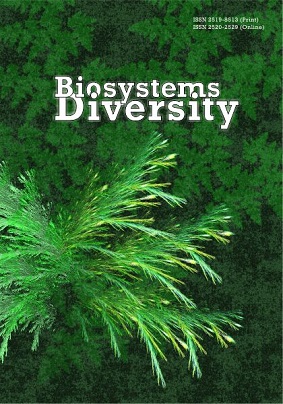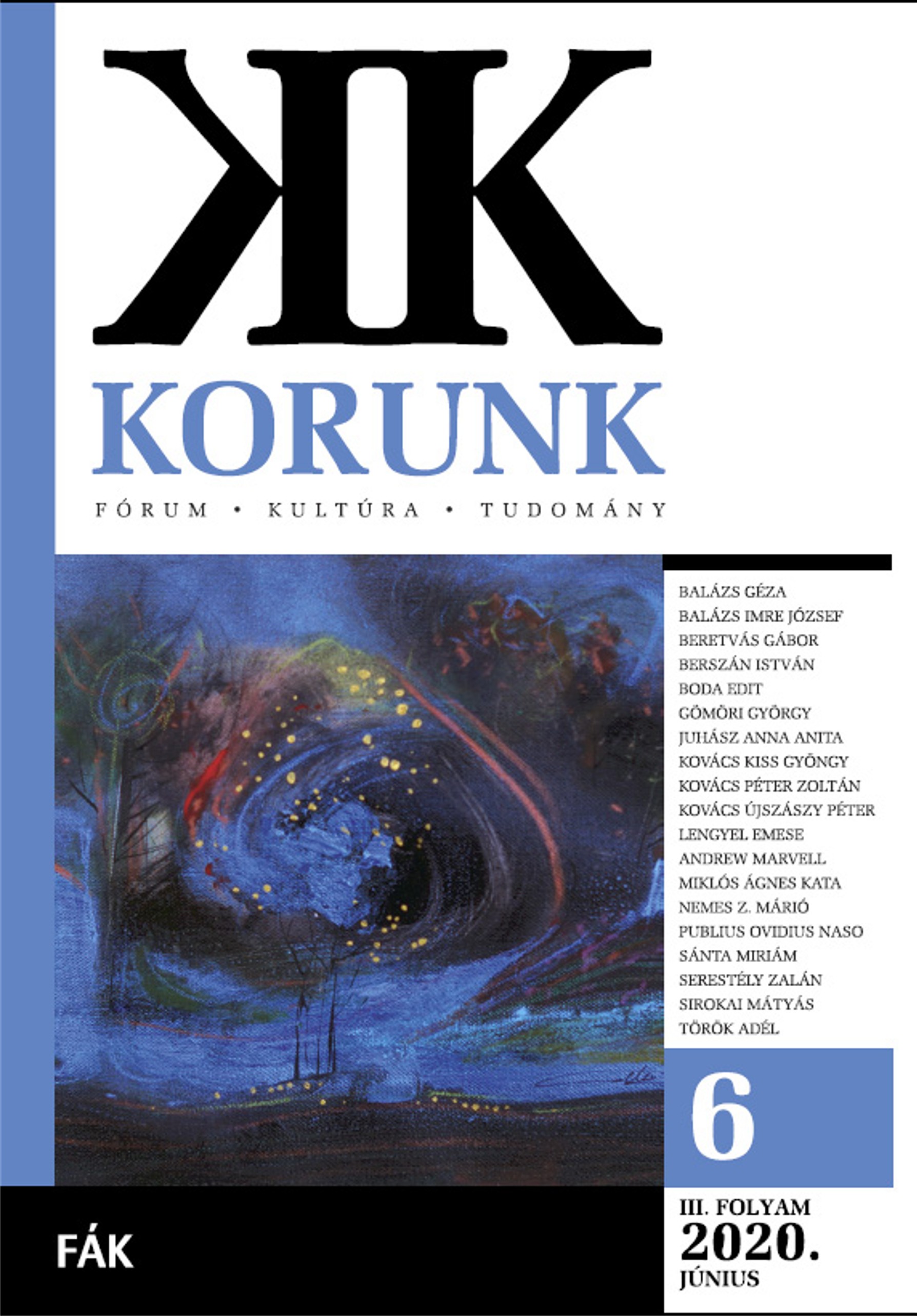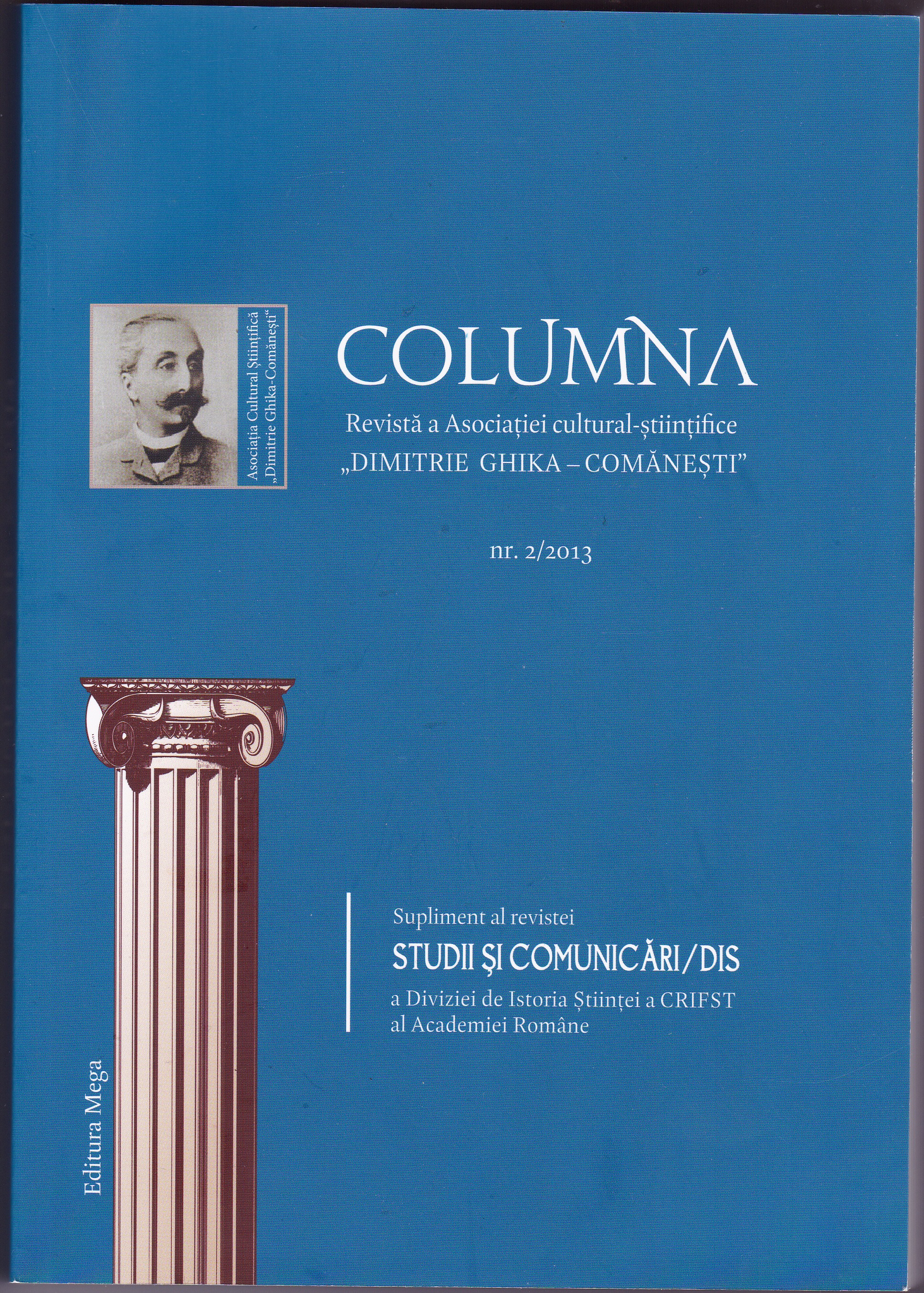PROBLEMI SOCIJALNE EKOLOGIJE U BOSANSKOHERCEGOVAČKOM DRUŠTVU
The postponed development in the field of social ecology in the area of Southeastern Europe was a result of a general delay of development, but also due to an ideological view of the environment in most of the socialistic countries. When it comes to Bosnia and Herzegovina, this development is further behind not only compared to the West and it's theorists, but compared to the neighbor countries. And while at the global level they have been many crucial events, such as the Earth Summit in Rio de Janeiro (1992), Bosnia and Herzegovina was not faced with the theoretical concept of sustainable development, as one of the icons of modern times, but struggled to maintain the majority of his population alive (aggression and war from 1992 to 1995.). This fact had great influence on the course of discussions about ecology. This topic has not been prioritized by the current structure of government, which was put in place by the Dayton agreement, while the field of ecology has been placed outside the government responsibility. Therefore, it is no surprise that fragmentation affected all areas, including measures to protect the environment, but also the research and theoretical groundwork along with education. These are the main drivers and conditions for the development of sociology, while the lack thereof unavoidably creates a crisis within the scientific field, easily passed on to the numerous sub fields of sociology, which includes an established domain many disciplines like social ecology, environmental sociology, ecology of urban development, sociology of housing, sociology of life quality, political ecology, as well as human ecology. Unfortunately, Bosnia and Herzegovina still does not even have an association that would gather experts from the domain, while the fundamental sociology has been neglected and divided. As such, it does not offer answers to any of the current questions regarding Bosnia and Herzegovina and the World as a whole.
More...




